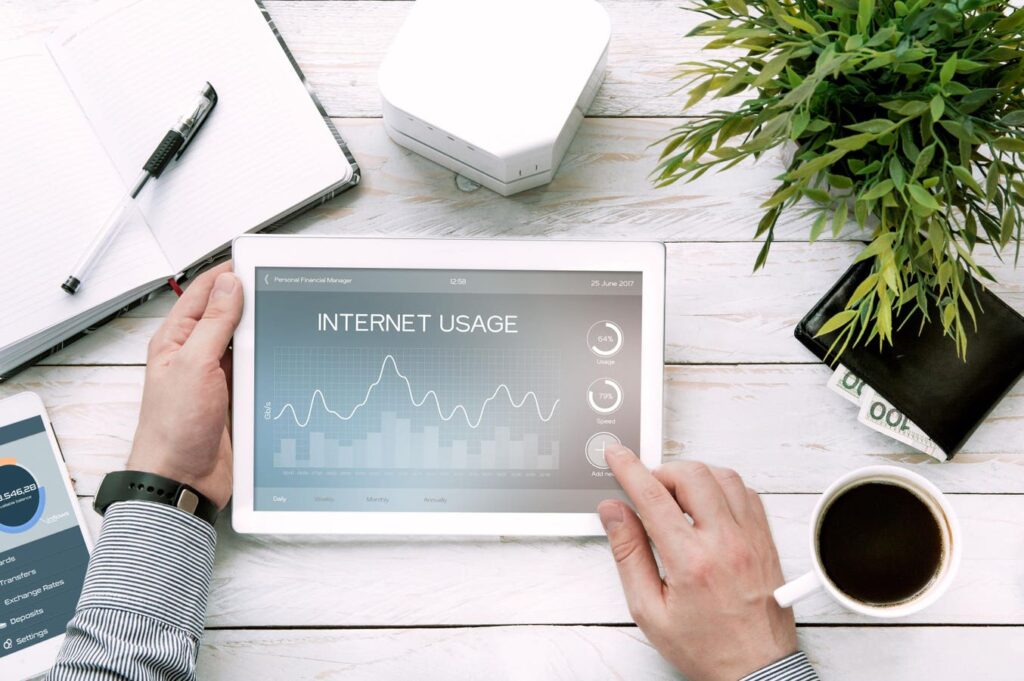The financial world is changing fast. How we pay for products and services is evolving. While subscriptions are still popular, a new way to pay is gaining ground: ‘pay for what you use.’ Many companies, including Lemonade and Spotify, are adopting this shift, creating flexible, fair, and transparent payment models.
The traditional subscription model charges a flat fee. You pay the same amount whether you use a service or not. This model is easy for businesses but not always fair to customers. Many people end up paying for more than they use. Here are some companies leading the way in ‘pay for what you use’ models:
- Lemonade: Changes the game for homeowners and renters insurance with dynamic pricing. Uses AI to assess individual risk and sets prices accordingly, making insurance more transparent and affordable.
- ClassPass: Lets customers pay for fitness classes and wellness services as they go. This model offers flexibility without a long-term commitment.
- AWS and Microsoft Azure: Offer cloud services on a pay-as-you-go basis. Businesses are billed based on the computing resources they use, allowing them to scale efficiently and control costs.
- Spotify: Uses a usage-based model for its ad-supported free tier, where advertisers are charged based on user engagement metrics, such as how many users interact with their ads.
- Zipcar: Charges members by the hour or day for car rentals, including fuel and insurance. Offers a cost-effective alternative to owning a car for those who only need occasional access.
By leveraging data analytics, machine learning, and automation, these companies are able to create highly personalized payment solutions. These technologies allow businesses to analyze real-time customer behavior, predict future trends, and automatically adjust billing based on individual usage patterns.
This shift is driven by consumer frustration with paying a monthly fee for services they barely use. To address this, companies are offering options where pricing adjusts based on actual usage. This not only cuts costs for customers but also helps businesses build stronger relationships built on transparency..
A Blended Future Of Payments
While subscriptions are still common, ‘pay for what you use’ offers a flexible alternative. The future of payments could see a mix of both models. Customers might subscribe for basic services and pay extra for additional usage. This hybrid model provides consistency and flexibility.
For businesses, this blend can attract new customers. People who hesitate to commit to a fixed subscription might be more open to a usage-based option. This model gives businesses useful data on customer behavior. It helps them improve their offerings and target their marketing better.
Switching to a ‘pay for what you use’ model isn’t easy. Companies must invest in technology to track usage accurately and ensure that pricing remains transparent and fair. If customers feel overcharged or confused by the pricing structure, the model could quickly backfire.
Companies that overcome these hurdles aren’t just improving their payment systems—they’re transforming the customer experience by redefining value. By offering more accessible and fairer, businesses give consumers more choice and control over their spending.
As we move forward, flexibility and innovation will be key. Technology will continue to drive change, and companies will lead the way. The future of payments is here, and it’s all about giving power back to the people. With the rise of ‘pay for what you use,’ we’re entering a new era where payments are fair, flexible, and tailored to consumer’s needs.
Read the full article here











